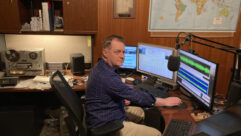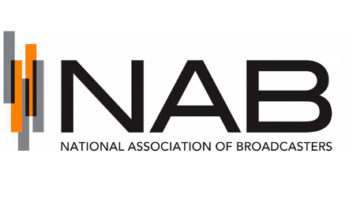WASHINGTON�The National Association of Broadcasters recently submitted comments to the FCC on in the Revitalization of the AM Radio Service, MB Docket No. 13-249 proceeding (previously summarized here). The following day, they re-submitted the comments, attaching an additional �two appendices concerning a proposal to modify the daytime protection standards for AM Class B, C and D stations.�
�
These two tables break down the results of a study the association had commissioned from Doug Vernier Telecommunications Consultants, examining the impact of the FCC�s proposed rule changes on a group of AM stations. This simulation was carried out using V-Soft Communications� AM-Pro-2TM, an AM groundwave and sky wave propagation calculation computer program.
�
Appendix A illustrates how when an AM station increases its power under the proposed changes, this higher power increases the population within the root station�s 2 mV/m contour and impacts the ability of nearby �affected� AM stations to do a subsequent power increase.
�
Then Appendix B focuses on the impact of the root station power increase on the affected station�s existing interference-free population within the 0.5 mV/m contour. Only three of the fourteen root stations were selected for this part of the study.
�
�The primary conclusions to be drawn from the study are that when a station increases its power under the proposed changes, it is likely to expand its interference-free population (depending on whether and by how much nearby stations also increase their power), but in doing so the interference-free population of nearby stations can be harmed,� NAB writes.
�
The comment goes on to say that, if the proposed changes are enacted, all stations must be given an equal opportunity to improve or protect their service. In particular, the association is concerned that at risk are �AM stations that are unable to take advantage of the proposed rules to upgrade their own service because they are already operating at maximum power or cannot afford the associated costs of equipment or electricity.�
�
The NAB says that, while the study�s results cannot be extrapolated, these specific examples may provide insight into the potential impact of these changes throughout the AM band. Additionally, they write that the interference and upgrade constraints would likely be compounded if multiple stations in one area should increase signal power.
�











